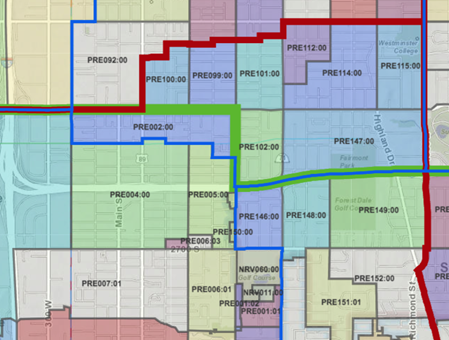The National States Geographic Information Council (NSGIC) has released its 2021 comprehensive Geospatial Maturity Assessment (GMA) report, providing NSGIC members and partners with a summary of geospatial initiatives, capabilities, and issues within and across state governments.
Launched in 2009 and conducted biennially to document geospatial development practices and uses, the GMA has continued to provide a snapshot of each state’s geospatial maturity. Inspired by the National Spatial Data Infrastructure theme grading undertaken by the Coalition of Geospatial Organizations (of which NSGIC is a founding member), an entirely new process was developed for the 2019 GMA. Nine-grade “report cards” were produced for individual state spatial data infrastructures and state geospatial coordination, in addition to overall theme and topical analysis.
This year’s data provide the first opportunity to compare grades through time. The 2021 report boasts 48 state responses, up from 41 in 2019. Many state’s grades have remained steady or increased from 2019. Coordination grades were largely the same, with both the addresses and transportation themes showing significant gains by states, likely driven by the increased focus on Next Generation 9-1-1. NSGIC’s advocacy efforts to bolster participation in the National Address Database (NAD) likely also contributed to the improvements seen in address data. The NAD program continues to grow, with participation by states and local governments increasing along with its acknowledged benefit to the private sector.








